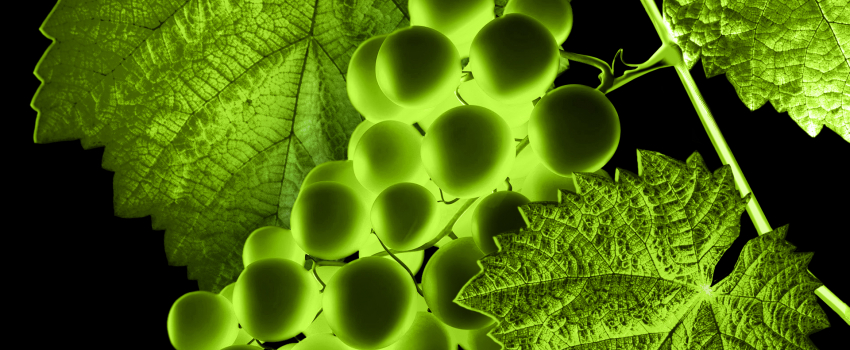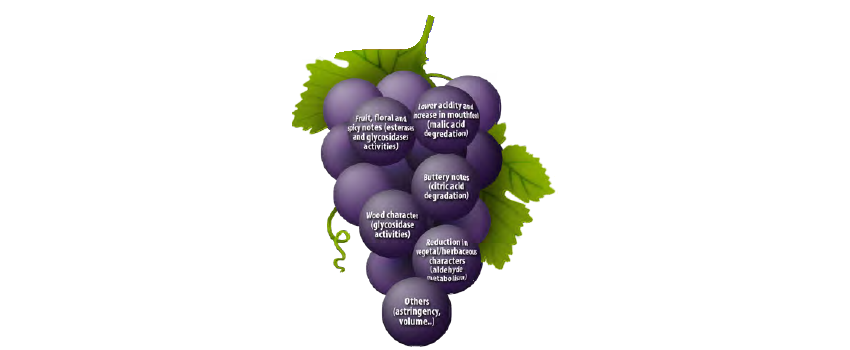Producing white wines with high concentrations of diacetyl
Publiée le 06/08/2019 15:49Certain wine consumers appreciate white wines rich in diacetyl which confers buttery and very complex notes to white wines.
Lactic acid bacteria (LAB) are well known for their ability to produce diacetyl (2,3-butanedione), an intensely aromatic diketone that is characterized by a buttery, nutty aromas. A new LAB has just been released by Lallemand Oenology, which is a Malolactic Culture Butter Bomb.
Lactic acid bacteria (LAB) are well known for their ability to produce diacetyl (2,3-butanedione), an intensely aromatic diketone that is characterized by a buttery, nutty aromas. A new LAB has just been released by Lallemand Oenology, which is a Malolactic Culture Butter Bomb.












